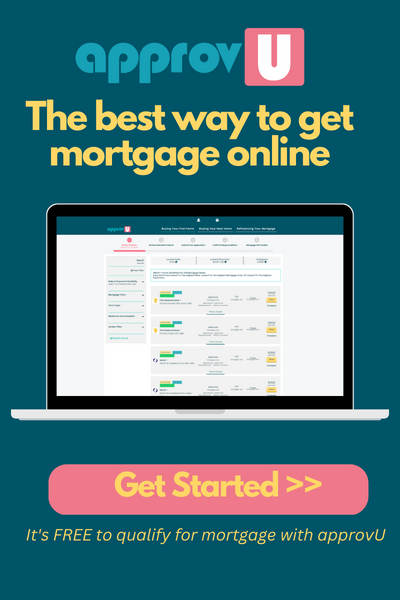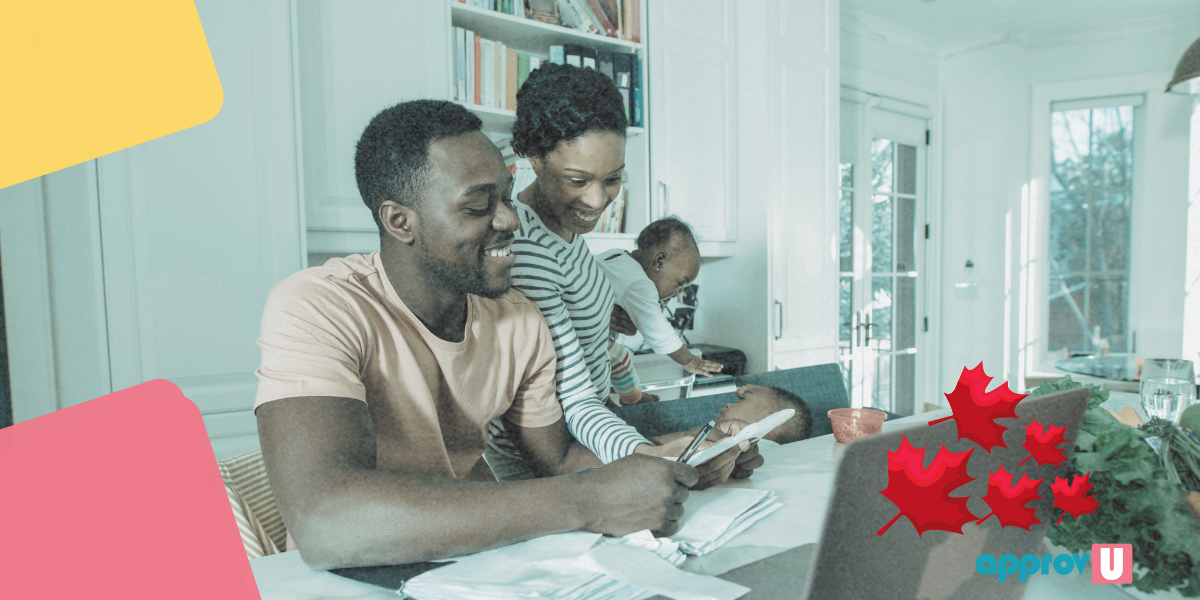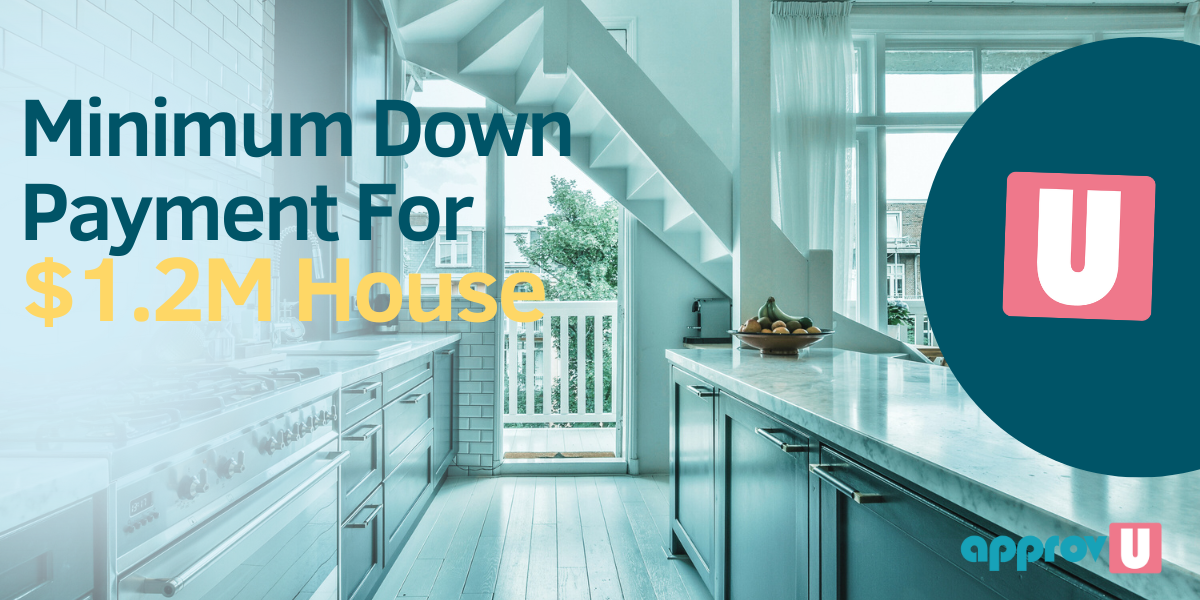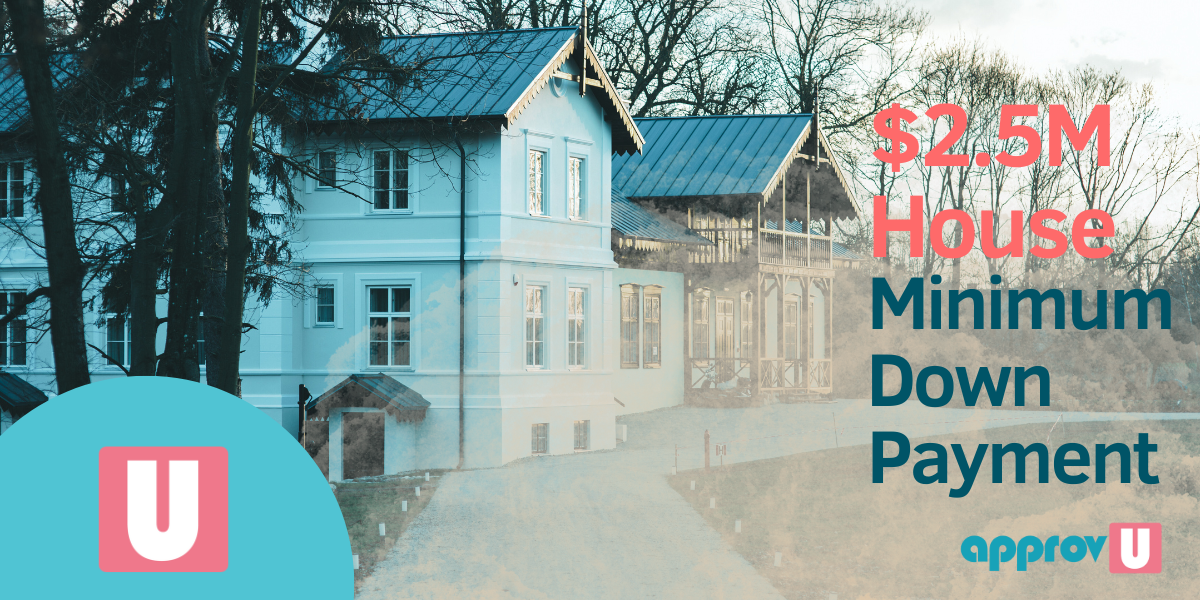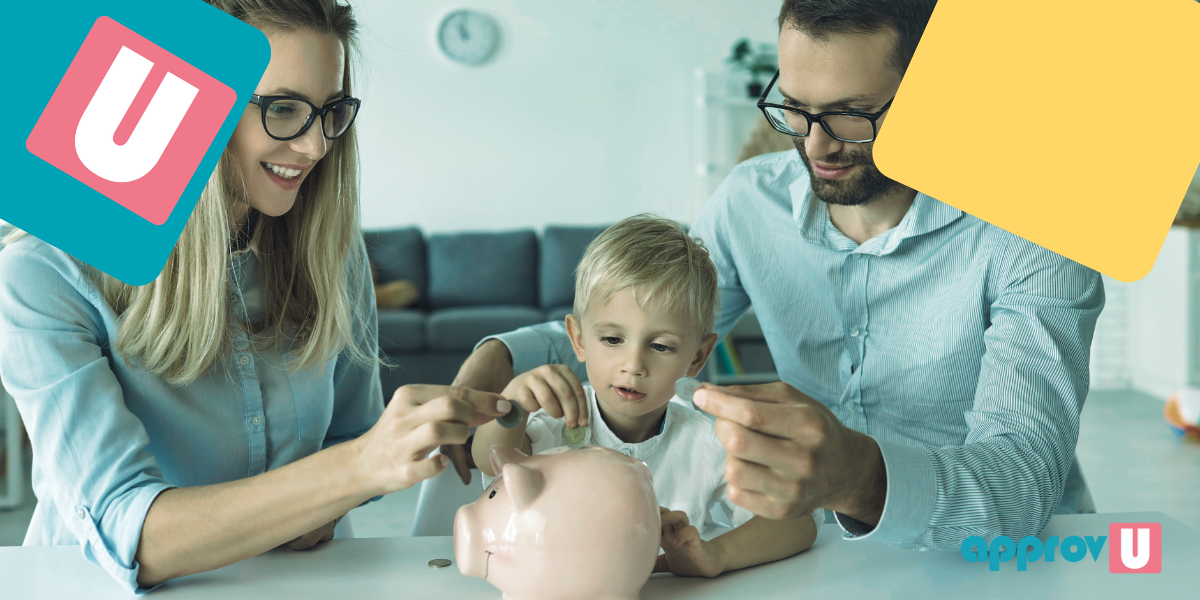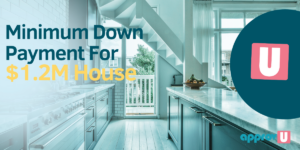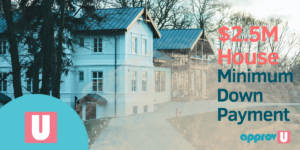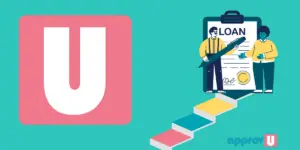For many first-time homebuyers, accumulating the funds for a down payment is the most significant obstacle to homeownership.
High housing prices and stringent mortgage regulations further complicate the process of saving for a down payment to secure your dream home.
But all hope is not lost.
There are several options to buy a house with no down payment in Canada.
From government programs to creative financing options.
This article will explore 8 tactics to help make your dream of homeownership a reality for those without a large down payment.
So, if you’re a first-time home buyer looking to buy a home with no down payment, read on to learn about the various options available.
Can You Buy a House in Canada Without a Down Payment?
There’s no such thing as buying a house in Canada with a mortgage without a down payment.
By “no down payment,” we mean the funds are not coming from your pocket.
Depending on your credit score and the home’s price, you must put down at least 5% of the property’s value to qualify for a mortgage.
Down payment is a significant barrier for many first-time homebuyers looking to acquire their dream home.
However, by employing creative strategies, you can obtain the required down payment without putting undue stress on your financial situation or lifestyle.
The 8 Ways to Buy a House with No Down Payment in Canada
Government Programs:
Government programs like the Home Buyers Plan and the First-Time Home Buyers Incentive can help with the down payment and other home-buying costs.
Also, a low down payment program offered by default insurance providers like the Canada Mortgage and Housing Corporation (CMHC), Sangen and Canada Guaranty allows you to buy a house with a lower down payment of 5% of the property value.
This program makes it easy to buy your dream home with a low down payment.
However, it’s important to note that the cost of this insurance is on you. The cost can be added to your mortgage loan if you cannot pay it outright upfront.
Additionally, to qualify for the program, borrowers may have to meet certain requirements, such as a minimum credit score and debt-service ratios.
Learn More: 13 Ways The Fed Is Making Housing Affordable For Canadians
Shared Equity Mortgage:
The Shared Equity Mortgage program allows the government to take ownership of your property in exchange for 5% to 10% down payment support.
This thus helps reduce your loan amount and, ultimately, your mortgage payments and interest costs.
The government will hold a percentage of the equity in the property and shares in any appreciation or depreciation of the property’s value.
The Canada Mortgage and Housing Corporation (CMHC) oversees the Shared Equity Program. They can have certain conditions or income limits.
Gift from Family:
Financial gifts from family members are a tactic you can use to help cover the down payment.
Many lenders will accept a gift from immediate family members, like parents or grandparents, as a legitimate source of funds for the down payment.
However, it’s important to keep in mind that there may be certain conditions and restrictions that need to be met.
For example, the lender will require documentation to prove that the gift is not a loan and that there is no expectation of repayment.
They may even request the donor’s bank statement to confirm the source of the funds.
There is also no universal policy or guideline on gifted down payment.
Different lenders will have different policies for a gifted down payment. So it’s important to check with the lender you’re working with to understand their specific requirements.
Borrow from your Registered Retirement Savings Plan (RRSP):
The Home Buyers’ Plan (HBP) is a government program that allows first-time home buyers to borrow up to $35,000 from their Registered Retirement Savings Plan (RRSP) for their down payment.
To qualify for the HBP, individuals must be considered first-time home buyers, defined as someone who has yet to own a home in the past five years.
The borrowed funds must be repaid to the RRSP within 15 years.
This program can be a helpful option for those who have saved money in their RRSP and need help with the down payment.
Still, it’s important to consider the long-term impact of borrowing from retirement savings and the potential opportunity cost of not having that money invested in the RRSP.
Learn More: First-Time Home Buyer Plan 101: A Comprehensive Overview
Secondary Financing:
Second mortgage or secondary financing can be attractive options to help with the down payment for your house purchase.
Secondary financing is a type of loan that is taken out in addition to the primary mortgage.
This type of loan can cover the down payment and closing costs of purchasing a home.
In this case, you’ll take out two loans – the primary mortgage and the secondary financing.
The secondary financing loan can come from a standard mortgage or a line of credit (Home Equity Lines of Credit).
One advantage of the lines of credit option is the flexibility to draw on as needed.
Even though it sounds sweet as a source of down payment to help your house purchase, secondary financing often comes with higher interest rates and additional fees.
These interest and fees can make the overall cost of the loan more expensive.
Also, carefully evaluate the terms and conditions of any secondary financing loan before agreeing to it.
Learn More: Second Mortgage: Everything You Need To Know
Sweat Equity:
Some builders may allow buyers to work on constructing their homes in exchange for a reduced or no down payment.
With sweat equity, you can contribute labour and time to build or renovate your home, allowing for reduced or no down payment options.
This can include working on tasks such as painting, landscaping, or even helping to build the home.
Some builders and developers may be open to this arrangement, especially when the buyer needs more financial resources for a traditional down payment.
Remember, such arrangements need careful planning, negotiation, and a detailed agreement outlining sweat equity terms and conditions.
Additionally, the value of the sweat equity will need to be appraised by a professional to ensure that it is equivalent to the required down payment amount.
Rent-to-Own:
Rent-to-own is an option worth considering as a way to buy your house.
In a rent-to-own agreement, you have the option to rent a house for a specified period, typically a few years, with the opportunity to purchase the property at the end of the rental term.
During the rental period of the agreement, portions of your regular rental payment will go toward the purchase of the property.
It could benefit first-time home buyers needing more funds for a down payment.
This allows you to save up for the down payment while also gaining the advantage of living in the house you plan to buy.
Some agreements will allow you to make necessary repairs or upgrades to the property, increasing its value.
Make sure you review the rent-to-own agreement thoroughly. Hire the service of a lawyer to help you understand the terms and conditions of the agreement before signing.
Using a Co-signer:
Some lenders may allow a co-signer, such as a parent or family member, to help with the down payment.
A co-signer can boost your chances of getting approved if you need more income or credit support.
The creditworthiness and income of you and the co-signer will be considered for the mortgage qualification.
However, it is essential to note that your co-signer will also take on the full loan risk.
The co-signer should know this risk and its financial implications for co-signing the loan.
Some lenders will require the co-signer to be a co-owner of the property, meaning they have full ownership rights as you do.
Learn More: Co-Signing A Mortgage: Everything You Need To Know
Conclusion
In conclusion, buying a house with no down payment in Canada can be challenging, but it is possible.
By exploring options such as government programs, shared equity mortgages, borrowing from RRSPs, and secondary financing, as well as considering options like sweat equity, rent-to-own, and co-signers, first-time home buyers can find ways to make their dream of homeownership a reality.
It’s essential to research and explores all available options and consults a mortgage professional to determine the best options for your unique situation.



